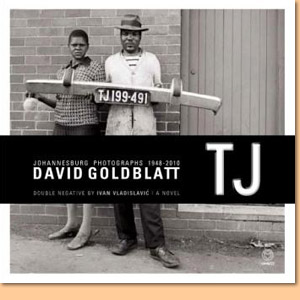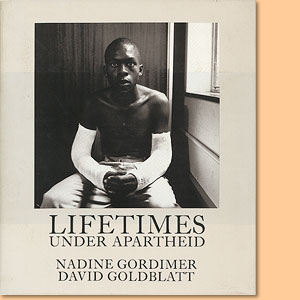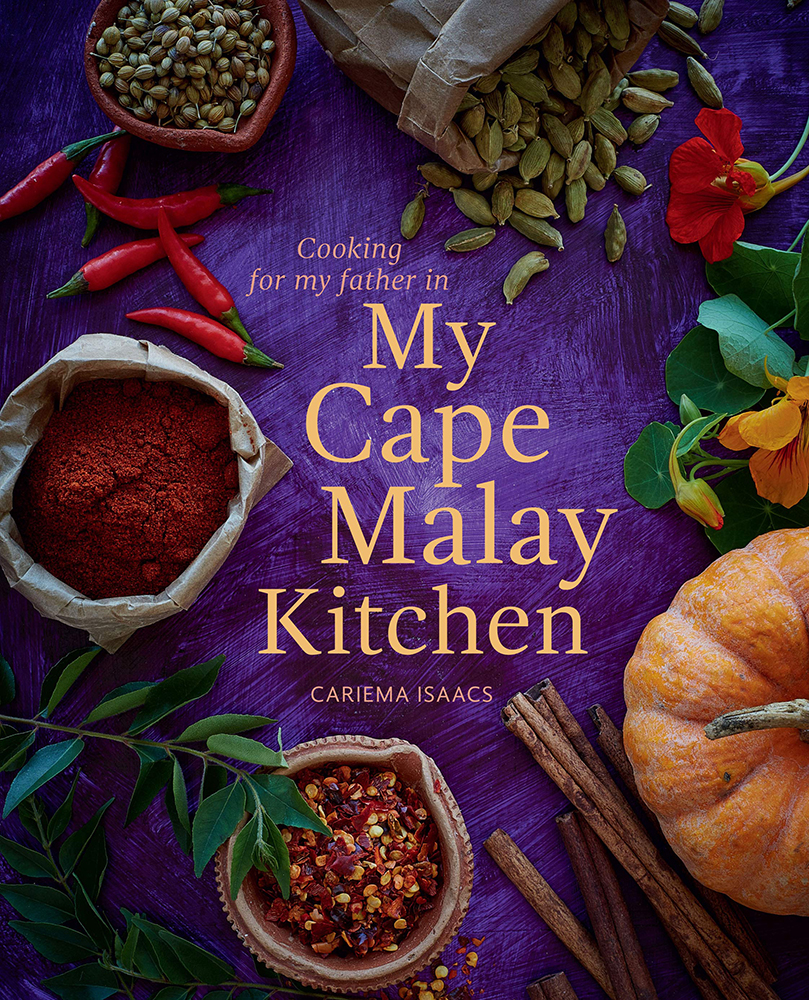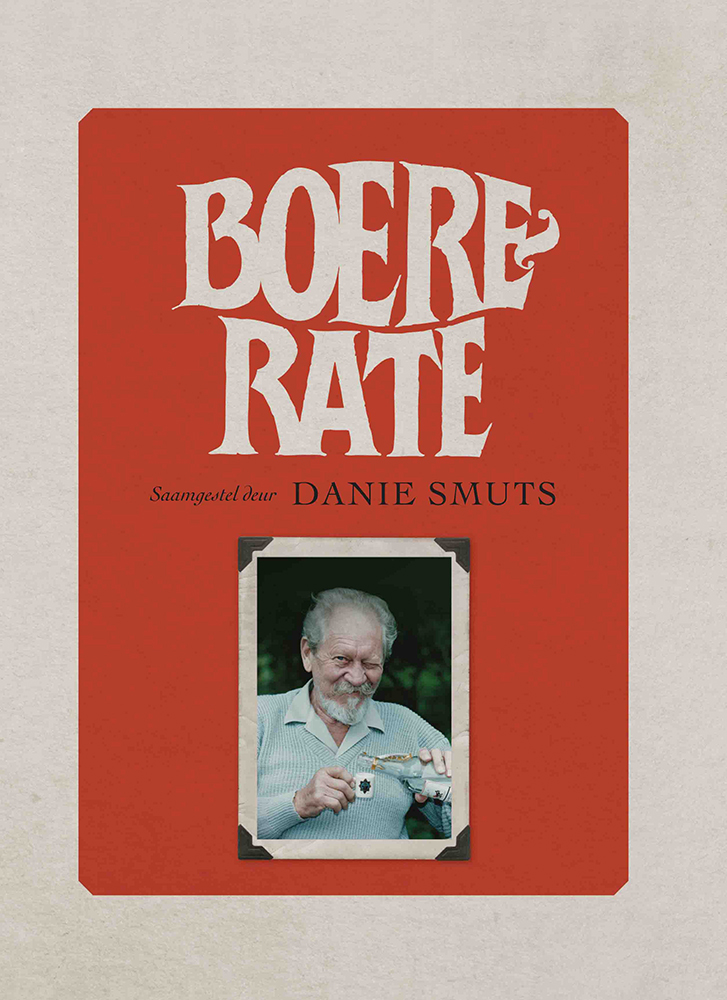TJ. Johannesburg Photographs 1948-2010, by David Goldblatt
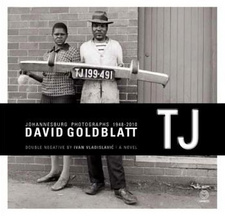
TJ. Johannesburg Photographs 1948-2010, by David Goldblatt. ISBN 9781415201312 / ISBN 978-1-4152-0131-2
Selected form a massive body of David Goldblatt’s work, TJ - Johannesburg Photographs 1948-2010, a superb distillation, presents a unique pictorial history of the city.
Johannesburg is a fragmented city. It is not a place of smoothly integrated parts. And it has a name that does not roll easily off the tongue. Unsurprisingly, the people of its fragments, which are severely divided by class, culture and, in particular, by race, have their own names, nicknames, elisions, diminutives and linguistic transliterations for the place. Some of these names are carried into this book. The 'main name' is TJ, but you are unlikely to hear it on the street or to see it in any listing. It comes from our old motorcar-licensing system. Before South African motorcar and truck registrations were computerized, our license plates were prefixed by two or three letters that declared the province and the town in which vehicles were registered. Randfontein, where I grew up, was TAY. The letters stood for the town and implied a certain loyalty. Going on holiday in the 1930s in my father's Chev (TAY 981), there was much hooting and waving between us and the people in the rare TAYs that we encountered on the road. I remember a wayside picnic with a TAY family that we met while journeying to Durban. Today's volume and speed of traffic aside, such intimacies are no longer possible as the computerized registration system does not include information about the vehicle's home town on its license plates. The licensing system isn't all that's changed: the old provincial boundaries and names are gone too. TJ was 'Transvaal, Johannesburg'. Today, the Transvaal is a fading construct; Johannesburg's boundaries have been redrawn and it is now part of Gauteng Province, and TJ is no longer to be seen on our roads. That I have used this obsolete prefix as the title of this book is partly idiosyncratic - I have lived much of my life in the city and if TJ, my 'inner' name for it, does not carry quite the sort of affection that I once had for TAY, it contains nevertheless, my sense of home. Partly, I have used it because many of the photographs were taken in the 'time of TJ'. But principally because certain vital aspects of the city have not changed and will not change with the fiat of nomenclature. Johannesburg came into existence because gold was found there in 1886. Except for minute residues of the metal now being extracted from the yellow tailings dumps that scar the city's southern slopes, the gold has gone. The immense wealth generated in the seminal surge of its mining has taken the city beyond dependence on gold. It is a city that, from its beginnings, has been deeply fractured by race, by the wish of Whites, enforced by law, to keep people of colour at a distance - though not at such a distance as to make them unavailable as labour and as consumers. Since Whites controlled the mines, industry, commerce, municipal services, the dispensation of land and the government, their wish was law, and remained so until apartheid began to unravel in the mid-1980s and formally ceased when majority government came to the country in 1994. [...]
This is an extract from the book: TJ. Johannesburg Photographs 1948-2010, by David Goldblatt.
Book title: TJ. Johannesburg Photographs 1948-2010
Author: David Goldblatt
Imprint: Umuzi
Publisher: Random House Struik
Cape Town, South Africa 2011
ISBN 9781415201312 / ISBN 978-1-4152-0131-2
Softcover, 28x27 cm, 320 pages, throughout b/w-photographs
Goldblatt, David im Namibiana-Buchangebot
TJ. Johannesburg Photographs 1948-2010
TJ. Johannesburg: David Goldblatt's photographs cover 62 years (1948-2010) of life in the South African city.
Weitere Buchempfehlungen
My Cape Malay Kitchen
My Cape Malay Kitchen is about flavourful South African food, richly spiced curries, indulgent cakes and decadent desserts.
Boererate
Boererate bied onontbeerlike pitkos vir geskiedenis-liefhebbers en is ’n nostalgiese terugblik op ’n kosbare stukkie Afrikaner-erfenis.

